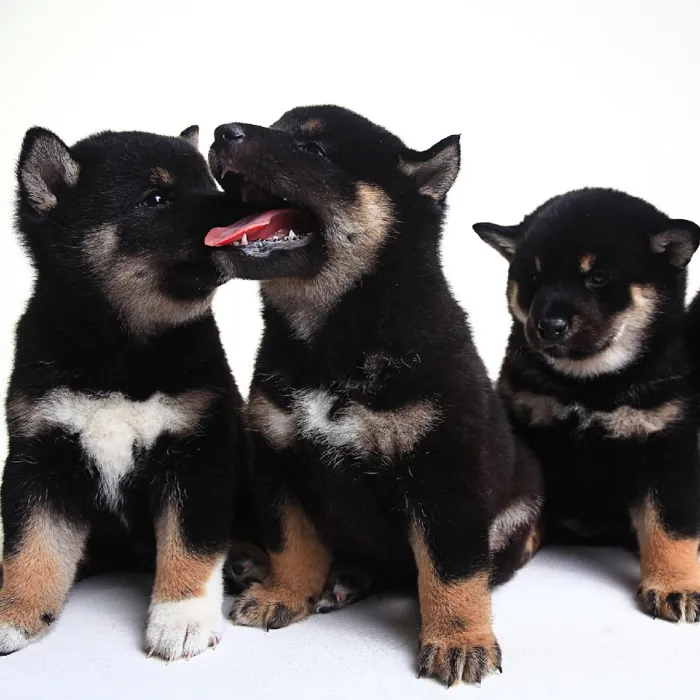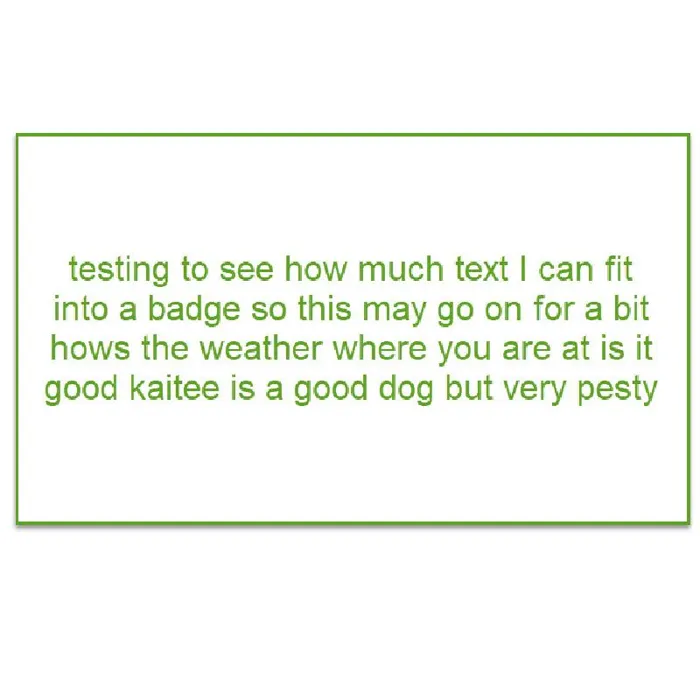Australian Terrier

The diminutive Australian Terrier is plucky, spirited, and smart—how did they fit so much dog into such a bitty package? Upbeat and lively, the self-assured Aussie approaches life with plenty of the old-time terrier curiosity and grit.



Ask About Australian Terrier ?
Breed Traits
About
Australian Terriers are small but sturdy, self-confident terriers known for a longish torso, distinctive coat furnishings around the neck and forequarters, and a topknot of soft, silky hair that contrasts in texture with an otherwise harsh coat. A long neck lends a dash of elegance to this rough-and-ready terrier, and the dark eyes sparkle with a keen intelligence. Coat colors are blue-and-tan, or solid red or sandy. Aussies move with the free and easy gait of a working dog. They are alert watchdogs and said to be quick studies when training. True terriers, Aussies love digging, and the urge to chase small, furry critters has never left them. Not always a great fit in multi-dog households, Aussies want you all to themselves.
History
Standard
Nutrition
Grooming
Exercise
Training
Health
Clubs, Registries & Associations
American Canine Association Continental Kennel Club Universal Kennel Club International American Kennel Club United All Breed Registry America's Pet Registry, Inc. United Kennel Club (Based on breed recognition. See store for details on this particular puppy.)
Group
Heritage
Description
Health Awareness
Personality
Additional Information
General Appearance
A small, sturdy, medium-boned working terrier, rather long in proportion to height with pricked ears and docked tail. Blue and tan, solid sandy or solid red in color, with a harsh-textured outer coat, a distinctive ruff and apron, and a soft, silky topknot. As befits their heritage as versatile workers, Australian Terriers are sound and free-moving with good reach and drive. Their expression keen and intelligent; their manner spirited and self-assured. The following description is that of the ideal Australian Terrier. Any deviation from this description must be penalized to the extent of the deviation.
Size, Proportion, Substance
Head
Neck, Topline, Body
Forequarters
Hindquarters
Color and Markings
Gait
Temperament
All pets have found there homes! Sign up to be notified when new pets are added so you don't miss out.


